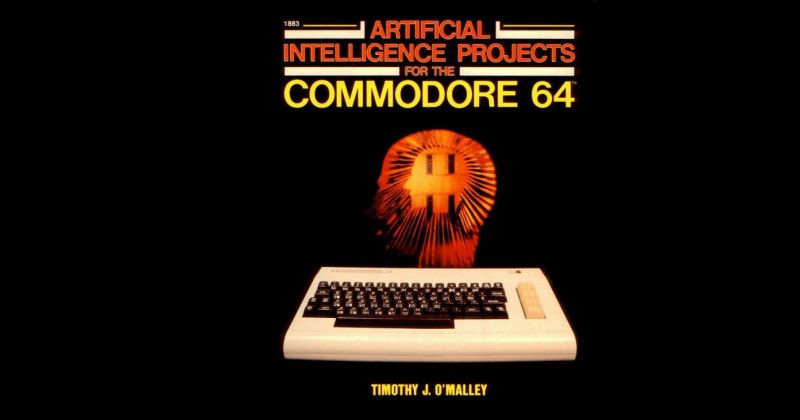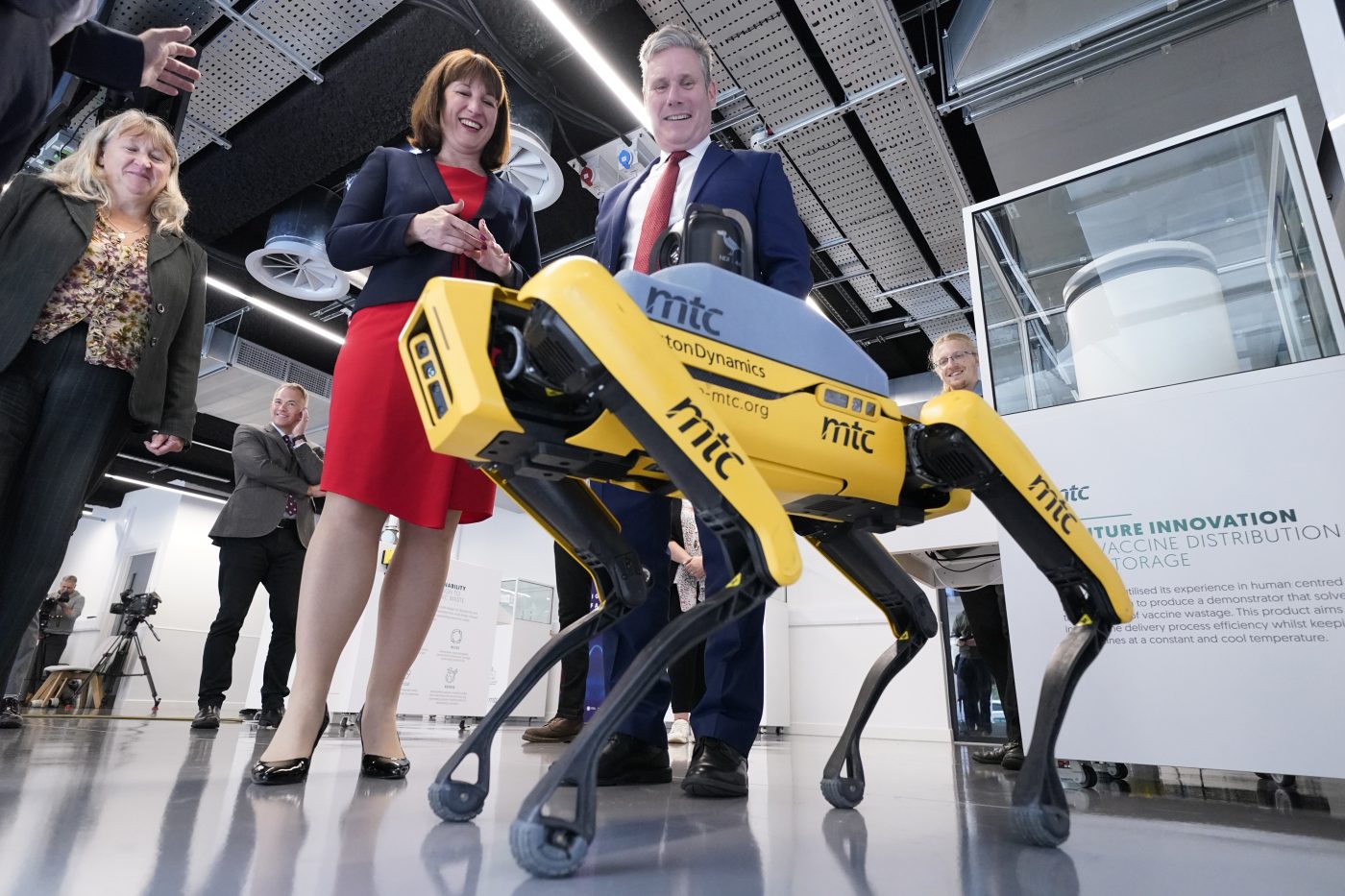All You Need For Artificial Intelligence Is A Commodore 64
Artificial intelligence has long been embedded in our technological journey, with early explorations paving the way for modern advancements. An eye-opening example of this is Timothy J. O’Malley’s 1985 work, AI Projects for the Commodore 64, which showcases the variety of ways a simple home computer laid groundwork for what we now regard as sophisticated AI systems.
Understanding AI Through the Ages
AI can be defined as the theory and development of systems designed to perform tasks typically requiring human intelligence, such as visual perception, speech recognition, and decision-making. O’Malley’s book serves as a fascinating introduction to these concepts, illustrating how even early computing systems could learn and adapt, creating a semblance of human-like behavior.
In the first chapter, O’Malley delves into differing notions of intelligence, emphasizing that it fundamentally revolves around information storage and the capacity to derive meaning through connections. This perspective leads to discussions on rudimentary AI, especially as it applies to computer opponents in classic games like chess and Towers of Hanoi. Various methodologies for creating such AI systems are thoroughly dissected, providing practical insights into the implementation of early AI.
 Exploring AI through retro computing
Exploring AI through retro computing
Following the initial exploration, the text tackles natural language processing, using ELIZA as a notable example. O’Malley adeptly covers various topics, such as heuristics, pattern recognition, and applications in robotics. While some of these concepts may appear outdated compared to today’s cutting-edge machine learning frameworks, it’s essential to recognize that many elements we now consider state-of-the-art are rooted in the pioneering AI research of the 1950s and 60s. O’Malley’s insightful conclusion reiterates the limitless potential of AI as long as more robust hardware and greater storage capabilities are harnessed to solve increasingly complex problems, leading us to today’s expansive data centers filled with powerful GPU systems.
The Retro Revolution
It’s a fascinating revelation that even famed tech like the Commodore 64 could support legitimate scientific exploration. Recently, a group of researchers utilized this compact computer to run an Ising model with a tensor network, astonishingly outperforming one of IBM’s quantum processors. This instance signifies that new and modern doesn’t always mean better.
Reflecting on AI’s Evolution
Timothy J. O’Malley’s work encourages deep reflection on the evolution of artificial intelligence. Despite the simplicity of tools available during the era of the Commodore 64, the foundational principles discussed in his book resonate with current AI enhancing our daily lives through technologies such as large language models and diffusion models. Today’s algorithms may seem strikingly advanced, but they are the offspring of previous generations, nurtured by early digital explorations.
 The journey of AI from retro to modern advancements
The journey of AI from retro to modern advancements
The exploration of these early concepts not only serves to honor the past but also provides crucial insights into the future of technology. With the ongoing research and application of AI, blending lessons from the past and innovations of the present will be vital to shaping a more intelligent society.
As we tread forward through the evolving landscape of AI, it’s clear that the journey began with simple assumptions and structures, which have vastly expanded into the complex systems we see today. There is no denying that pioneers like O’Malley laid essential groundwork for the advancements that continue to thrive and push the boundaries of what is possible.
Conclusion
From the humble beginnings observed in projects with the Commodore 64 to today’s expansive potential characterized by GPUs and neural networks, the evolution of AI remains a captivating narrative. As we expand our understanding and applications of artificial intelligence, we should remain engaged with our history, acknowledging the foundational work of early visionaries in computing. This contemplation not only deepens our appreciation but also inspires future innovations.


 Photo by
Photo by 












